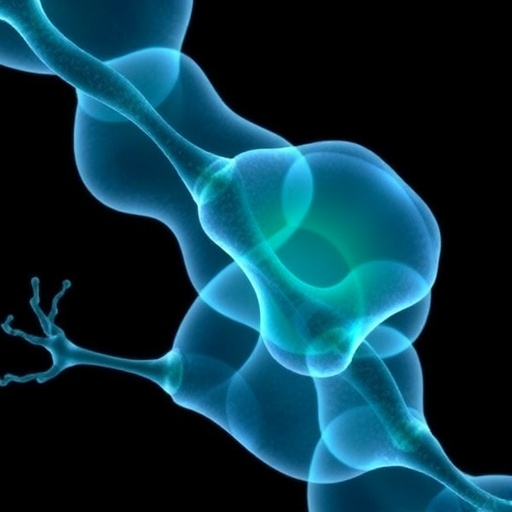Washington, DC – July 25, 2017 – Couples who live together share many things: Bedrooms, bathrooms, food, and even bacteria. After analyzing skin microbiomes from cohabitating couples, microbial ecologists at the University of Waterloo, in Canada, found that people who live together significantly influence the microbial communities on each other's skin.
The commonalities were strong enough that computer algorithms could identify cohabitating couples with 86 percent accuracy based on skin microbiomes alone, the researchers report this week in mSystems, an open-access journal of the American Society for Microbiology.
However, the researchers also reported that cohabitation is likely less influential on a person's microbial profile than other factors like biological sex and what part of the body is being studied. In addition, the microbial profile from a person's body usually looks more like their own microbiome than like that of their significant other.
"You look like yourself more than you look like your partner," says Ashley Ross, who led the study while a graduate student in the lab of Josh Neufeld.
"Can we link couples back together? The answer is yes, but not a very loud yes," says senior author Neufeld, whose lab focuses on microbial communities and their interactions.
Neufeld and Ross, together with Andrew Doxey, analyzed 330 skin swabs collected from 17 sites on the participants, all of whom were heterosexual and lived in the Waterloo region. Participants self-collected samples with swabs, and sites included the upper eyelids, outer nostrils, inner nostrils, armpits, torso, back, navel, and palms of hands.
Neufeld says the study is the first to identify regions of skin with the most similar microbiomes between partners. They found the strongest similarities on partners' feet.
"In hindsight, it makes sense," says Neufeld. "You shower and walk on the same floor barefoot. This process likely serves as a form of microbial exchange with your partner, and also with your home itself." As a result, partners end up with the same mix.
The analyses revealed stronger correlations in some sites than in others. For example, microbial communities on the inner thigh were more similar among people of the same biological sex than between cohabiting partners. Computer algorithms could differentiate between men and women with 100 percent accuracy by analyzing inner thigh samples alone, suggesting that a person's biological sex can be determined based on that region, but not others.
The researchers also found that the microbial profiles of sites on a person's left side – like hands, eyelids, armpits, or nostrils – strongly resemble those on their right side. Of all the swab sites, the least microbial diversity was found on either side of the outer nose.
Ross says previous research had shown that skin microbial communities vary within an individual from region to region, but she wanted to know what other factors – like cohabitation – help shape the microbiome. In previous work, she and Neufeld analyzed samples collected from door handles at the University of Waterloo to determine whether buildings could be identified based on their door-handle microbiomes. In the future, she says she hopes to see similar analyses of same-sex couples, or couples of different ethnic backgrounds.
Neufeld says the study is part of a larger research focus aimed at understanding how skin microbiomes adapt and change with their host – not only people, but other mammals as well. "Ultimately what we're trying to learn is whether skin microorganisms have co-evolved with their hosts over time," he says.
###
The American Society for Microbiology is the largest single life science society, composed of over 50,000 scientists and health professionals. ASM's mission is to promote and advance the microbial sciences.
ASM advances the microbial sciences through conferences, publications, certifications and educational opportunities. It enhances laboratory capacity around the globe through training and resources. It provides a network for scientists in academia, industry and clinical settings. Additionally, ASM promotes a deeper understanding of the microbial sciences to diverse audiences.
Media Contact
Joanna Urban
[email protected]
202-942-9365
@ASMnewsroom
http://www.asm.org




